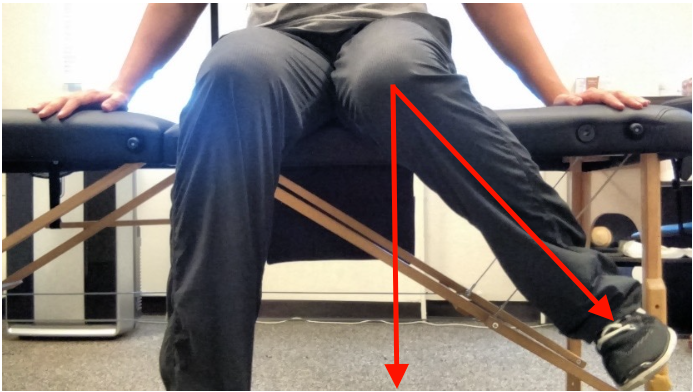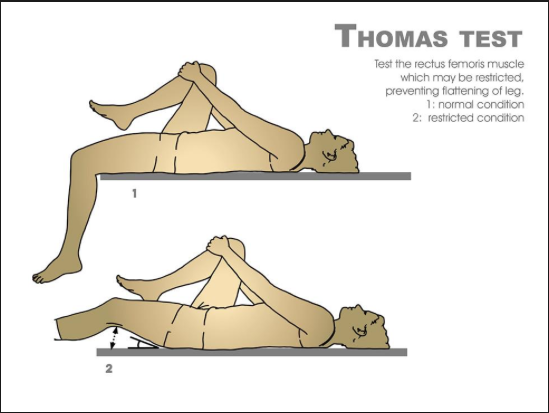Warning: Youth Soccer Injuries Are On The Rise
Oct 19, 2017With over 3 million registered athletes under the age of 19, soccer is one of the fastest growing youth sports in the United States, especially here in Atlanta (if you haven’t made it out to an Atlanta United game yet, put that at the top of your to-do list!). Along with its increase in popularity, youth soccer has drastically changed over the past 25 years. We are now seeing youth athletes play at higher intensity levels than ever before and, because of year round premier leagues and clubs, are doing so with less time to recover. This rise in popularity and increased physical demand is a recipe for disaster. In fact, a recent study found that from 1990 to 2014 total number of recorded injuries in youth soccer players skyrocketed by 111 percent, with the vast majority (80%) involving the musculoskeletal system.
These statistics should absolutely be eye-opening, but fear mongering is not the point of this article, quite the contrary. Youth soccer players are some of the most fun and competitive people I work with, and with some basic understanding of preventive techniques we can help stop injuries from occurring in the first place and boost performance along the way.
Lower extremity injuries are by far the most injuries I see in the clinic when working with youth soccer players. In soccer your hips are your power house and they constantly take a beating due to all the changes in directions, kicks, passes, lateral movements, and rapid accelerations and decelerations. Not surprisingly, because of these demands, the muscles around the hip are some of the most susceptible to injury (hamstrings, groin, etc).
To prevent injuries and improve the performance of your hips there are two main components you want to look at: hip mobility and hip stability.
Hip Mobility:
Good hip mobility means your hips are capable of moving uninhibited and pain-free throughout their full range of motion. There are a number of directions your hip needs to have good movement in and there are many reasons your hip may be limited, but two of the most common problems I see in the clinic are limited hip internal rotation and tight hip flexors. Let’s take a look at a couple quick ways to check your out these two problem areas

The above picture shows how to check your hip internal rotation. To perform the test correctly you want to:
- Sit at the edge of a surface, making sure your feet can’t touch
- Rotate your hip so that your foot moves as far out as possible.
- Make sure not to lean or lift your butt off the surface to try to get more range.
You are looking to get about 40-45 of hip internal rotation and if you can’t get to a minimum of 40 degrees, then the mobility drill shown below is for you.
There are a number of ways to test and see if you have limited hip flexor mobility, but a safe and simple way to do so is demonstrated in the picture below. To perform this test correctly you want to:
- Start laying on your back with both knees at your chest
- While holding onto one of your knees, slowly lower the opposite leg the table
- Stop lowering your leg once resistance resistance is felt

If the leg you’ve lowered down cannot easily touch the table of your knee has to straighten in order to get your leg to the table, then try the mobility drill below.
Any time you do a mobility drill, you’ll want to perform a re-try the testing positions we went over to see if you notice a difference. If you do notice a difference great!, you’ll want to add that mobility work to your daily routine and can be done as part of your warm-up. However, If you’re not noticing an improvement than these specific mobility drills may not be the best option for you and you might want to give us a call.
Hip Stability:
Hip stability can mean a variety of things, but for the purpose of this article hip stability means being able to load and control your hip joint throughout its available range of motion. In other words, to prevent injuries from happening, not only must you be able to move throughout an acceptable range of motion, but you must be control the forces you exert throughout that range of motion. Poor hip stability is a huge problem in youth soccer and is a main reason why you’ll have experience a soft tissue injury such as a hamstring strain or pulled groin. Below you’ll find three exercises that target specific movements commonly found in soccer and are a great addition to your warm up before a game or practice.
The goal of any injury prevention program should be to first make sure you can move through an appropriate range of motion and then to make you strong through that range. At our clinic in Decatur, GA we have successfully treated numerous youth soccer players, and when we do we make sure we arm them with the knowledge and ability to stay healthy and keep competing out on the field versus with us in the clinic. If you’re in the Atlanta area and you either play soccer or have a child who plays soccer and you’d like to learn more about how to prevent injuries or overcome an existing injury, give us a call at 470-355-2106 or fill out the contact request form below and we will be happy to contact you.
Thanks for reading,
-Dr. Jake, PT, DPT
Let us help you figure out to live your best active life today!
Remember, Movement is Medicine!

